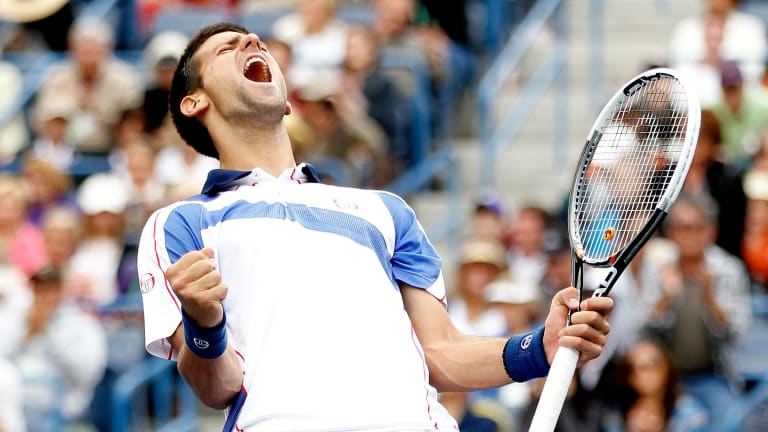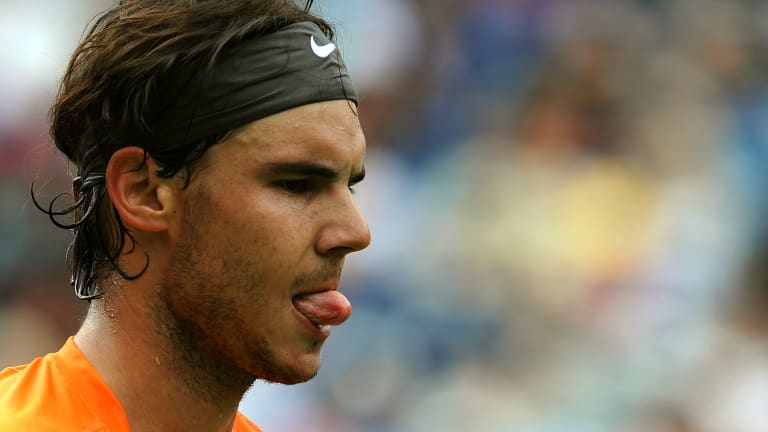This week, we're counting down the Top 5 Indian Wells finals (look for the Top 5 Miami finals soon!)
Indian Wells, USA
Top 5 Indian Wells Finals, No. 3: Novak Djokovic d. Rafael Nadal, 2011
By Mar 15, 2024Indian Wells, USA
Mackenzie McDonald is paying the college tennis experience forward with a new fund
By Mar 17, 2025Indian Wells, USA
Mirra Andreeva and Jack Draper win breakthrough titles at Indian Wells: What did we just witness?
By Mar 17, 2025Indian Wells, USA
Jack Draper's run through Indian Wells concludes with his first ATP Masters 1000 title
By Mar 16, 2025Indian Wells, USA
Holger Rune vs. Jack Draper: Where to Watch, Indian Wells Preview, Betting Odds
By Mar 16, 2025Indian Wells, USA
Holger Rune reaches first Indian Wells final over Daniil Medvedev
By Mar 15, 2025Indian Wells, USA
Mirra Andreeva vs. Aryna Sabalenka: Where to Watch, Indian Wells Preview, Betting Odds
By Mar 15, 2025Indian Wells, USA
Mirra Andreeva, 17, advances to Indian Wells final, beating Iga Swiatek in chilly conditions
By Mar 15, 2025Indian Wells, USA
Ruthless Aryna Sabalenka storms past Madison Keys, 6-0, 6-1, in semifinals of Indian Wells
By Mar 15, 2025Indian Wells, USA
Carlos Alcaraz vs. Jack Draper: Where to Watch, Indian Wells Preview, Betting Odds
By Mar 15, 2025Indian Wells, USA
Top 5 Indian Wells Finals, No. 3: Novak Djokovic d. Rafael Nadal, 2011
This wasn’t the best of the 59 matches between the Serb and the Spaniard, but it was the most crucial.
Published Mar 15, 2024

© 2011 Getty Images
Advertising

Slowly but surely, command of the Rafa-Nole rivalry was changing.
© AFP via Getty Images